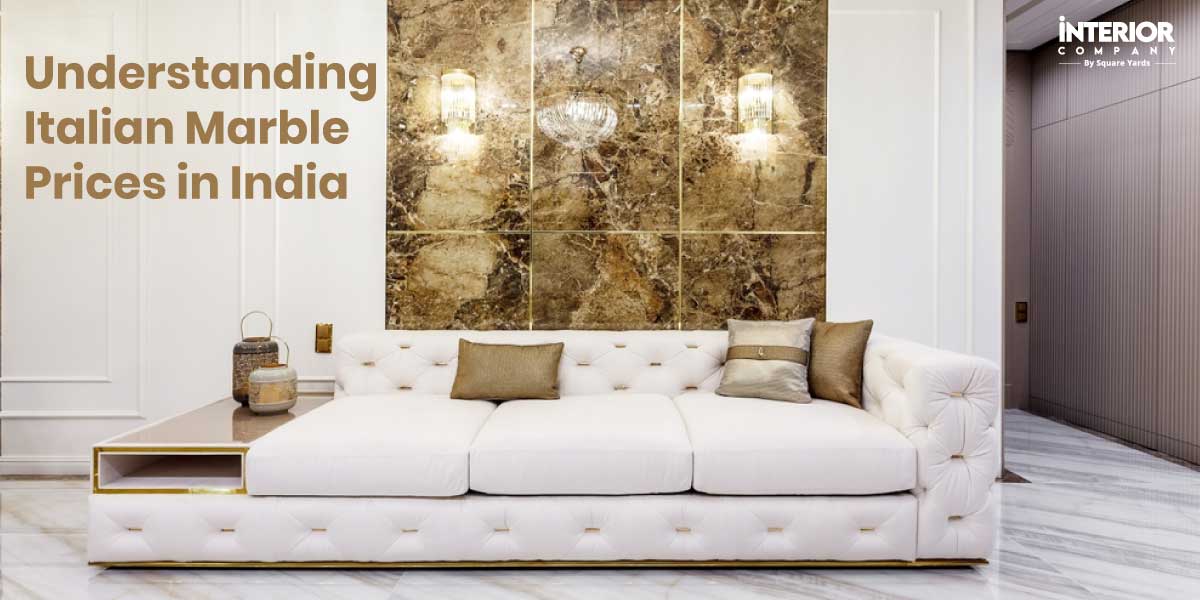- Home
- Trends
- Construction
- Vastu Tips
- Vastu Chart For Home
Vastu Chart 101: Your Home’s Energy GPS
In a world increasingly driven by aesthetics and functionality, there’s a growing interest in ancient wisdom that promises harmony and well-being. It is said that if you build your home according to a vastu chart, you can live in harmony with the natural world. As a result, interest in Vastu Shastra is rising.
Table of Content
Vastu Shastra is a 5,000- year-old ancient Indian science that offers a blueprint for creating spaces that resonate with our natural rhythm. At the heart of Vastu is the Vastu chart. People follow this vastu direction chart to balance the energy flow in their house. This article will detail the Vastu chart and explain the advantages of aligning your home with Vastu principles supported by science.
Blueprint of Vastu: What Exactly is a Vastu Chart?
A Vastu Shastra chart for home is a blueprint of your home or working space aligned with the principles of vastu Shastra. This ancient Indian science focuses on creating harmony between humans and their environment by balancing the five elements – earth, water, fire, air, and space.
It determines where windows, doors, and other components should be placed based on the cardinal directions. The foundation of this map is the idea that the Earth is a living creature with distinct energy zones. By aligning your home with these zones, you can capture positive energy and create a space that supports your general well-being.
A Vastu Chart for Home Outlines
- The placement of rooms: Bedrooms, kitchen, living room, etc.
- Orientation: The direction your home faces.
- Energy flow: How positive energy should circulate through your space.
- Element balance: Ensuring a harmonious blend of the five elements.
How to Use a Vastu Chart?
After verifying the North and other directions, the first step in analysing the living or commercial premises is building a Vastu Chart. The chart allows one to see the strong and weak points. In simple terms, it gives an understanding of how to organise the space to attract prosperity, activate positive energies, and minimise negative ones. Sounds interesting, doesn't it?
A Vastu chart for a house should incorporate important details like proportion, sunlight, and directions, among other things. Certain Vastu recommendations for room placement are included in each of the nine regions of the Vastu Shastra Chart for home.
The Compass of Vastu: Unlocking Important Directions
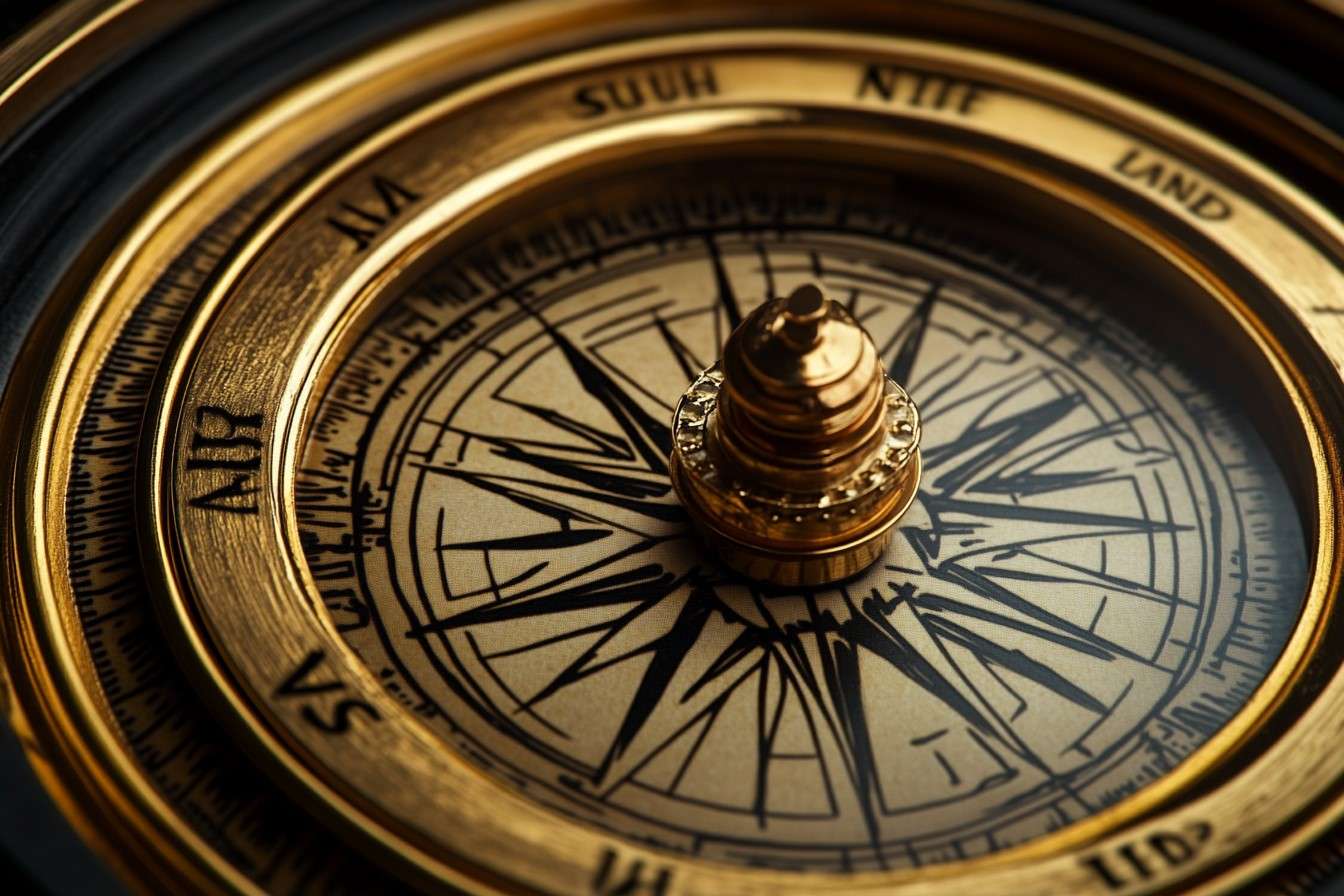
The Vastu chart is a traditional idea for designing homes that adhere to Vastu. Vastu Shastra places importance on directions. Knowing the meaning of each direction is crucial while designing a house. Let's have a look at the significance of each direction according to Vastu:
Cardinal Directions
- Vastu Chart for East-facing house (Purba)
Ruled by Indra, the god of rain, this direction represents the rising sun, symbolising new beginnings, well-being, and wealth. It’s considered auspicious for the main entrance and places of worship.
- Vastu Chart for South-facing house (Dakshin)
This direction, ruled by the god of death, Yama, is linked to stability, authority, and power. It is common advice to go in this route with the bedroom of the leader of the household.
- Vastu Chart for West-facing house (Paschim)
Varun, the God of Rain, is in charge of this direction. The south side frequently represents development, evolution, and inventiveness. It’s appropriate for study spaces and kid’s bedrooms.
- Vastu Chart for North-facing house (Uttar)
The path is connected to Lord Kuber. This direction seeks to pursue money and wisdom. It is frequently believed that the entryway facing north is advantageous.
Diagonal Directions
- Northeast (Ishan)
Lord Ishan rules the east direction and governs spirituality, knowledge, and wisdom. It’s ideal for prayer rooms and study areas. Avoid placing heavy objects or toilets in this zone.
- Southeast (Agneya)
This direction is connected to Agni, the god of fire and health. It is mainly associated with energy, action, and vitality. The kitchen is traditionally placed here due to its association with fire.
- Southwest (Nairitya)
The God Naruto commands in the southwest and protects us from the dark. This direction represents stability, grounding, and support. The master bedroom is often located in this quadrant.
- Northwest (Vayavya)
Vayu, the god of winds, rules the northwest. This direction on the vastu chart is often linked to travel, communication, and friends. It’s suitable for guest rooms and children’s play areas.
Centre (Brahma Stana)
The centre of the house is considered the most sacred and is known as the Brahma Stana. It represents balance, harmony, and the soul of the home. Heavy objects or toilets should be avoided here.
Room by Room: Vastu's Guide For Positive Energy
Once you know the relevance of every direction, it calls us to the next step. Understanding the optimal placement of rooms within your home is crucial for harnessing positive energy. Let’s explore Vastu guidelines for key areas:
Bedroom

The southwest (Nairitya) is the most fortunate location for beds since it encourages stability and restful sleep. The head of the bed should face either west or south.
- Colour Scheme: Earthy tones like brown, green, and beige are recommended for a calming ambience.
- Avoid: Overly bright colours, heavy mirrors, and electronic gadgets near the bed.
Living Room
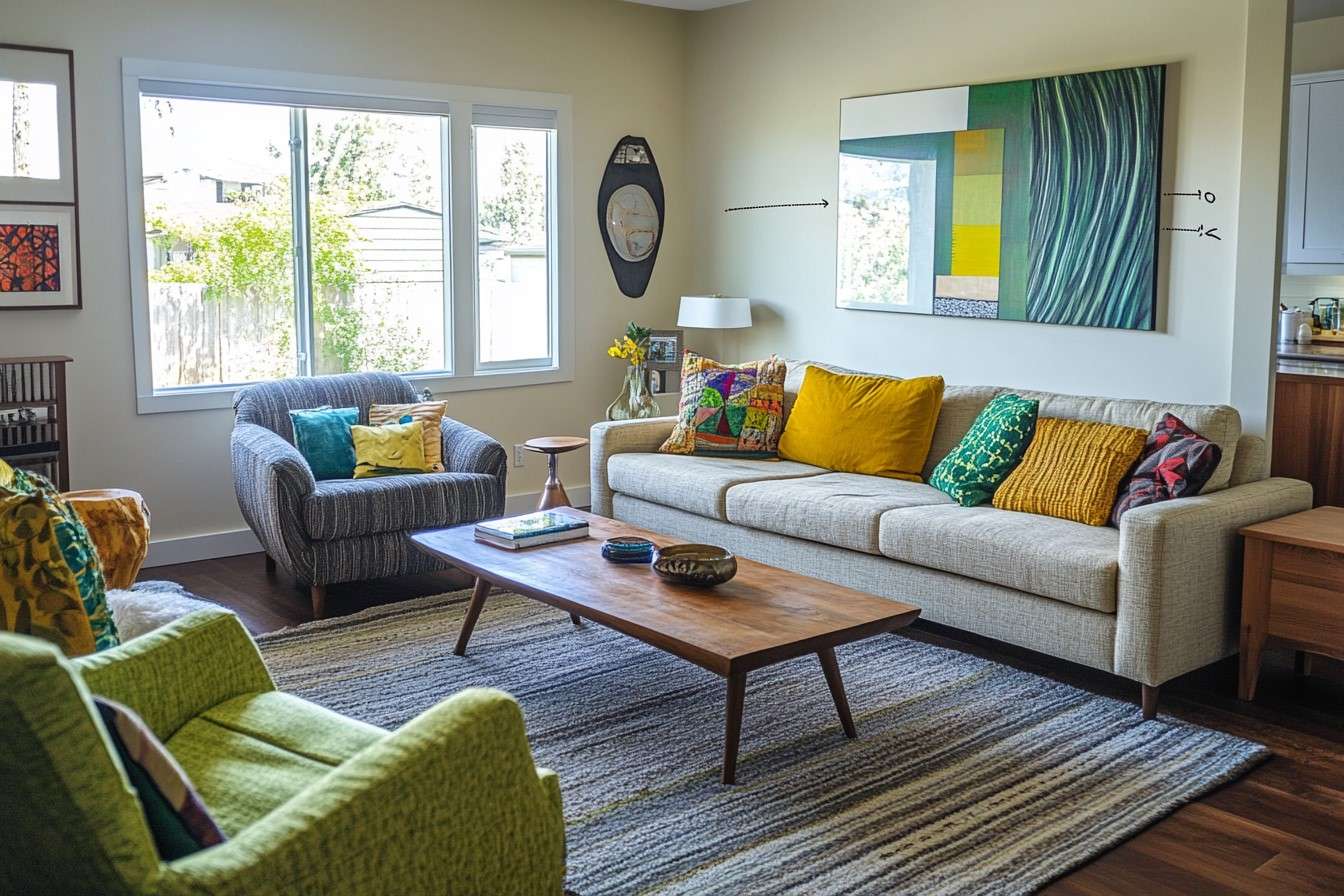
After a tough workday, families prefer to unwind in their living rooms between 6 and 9 p.m., when the Sun is in the northwest corner of their home. This area of the house should be used for living rooms and dining rooms, which have heavy foot traffic and good mobility. These directions represent growth and prosperity. Additionally, the main seating area should face east or north.
- Colour Scheme: Bright, cheerful colours like yellow, orange, and green can enhance positive energy.
- Avoid: Dark and dull colours, clutter, and sharp corners.
Kitchen
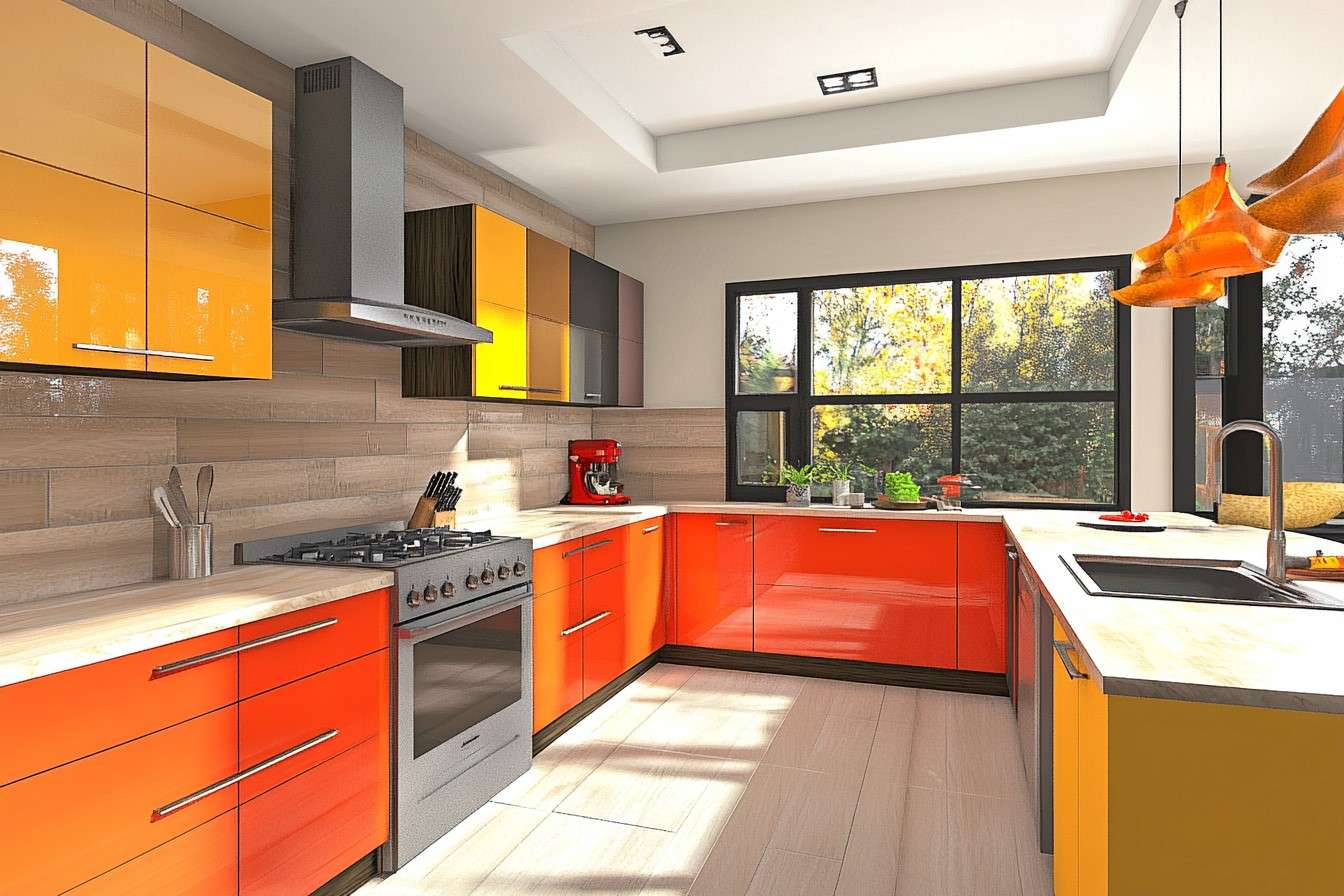
The kitchen is traditionally placed toward the southeast (Agneya), which signifies the element of fire. To best utilise the fire element, the stove should be positioned in the southeast corner. The sink should be located in the northeast or east corner to represent the water element.
- Colour Scheme: Red, orange, and yellow are auspicious colours for the kitchen.
- Avoid: Black and dark colours, clutter, and broken utensils.
Pooja Room
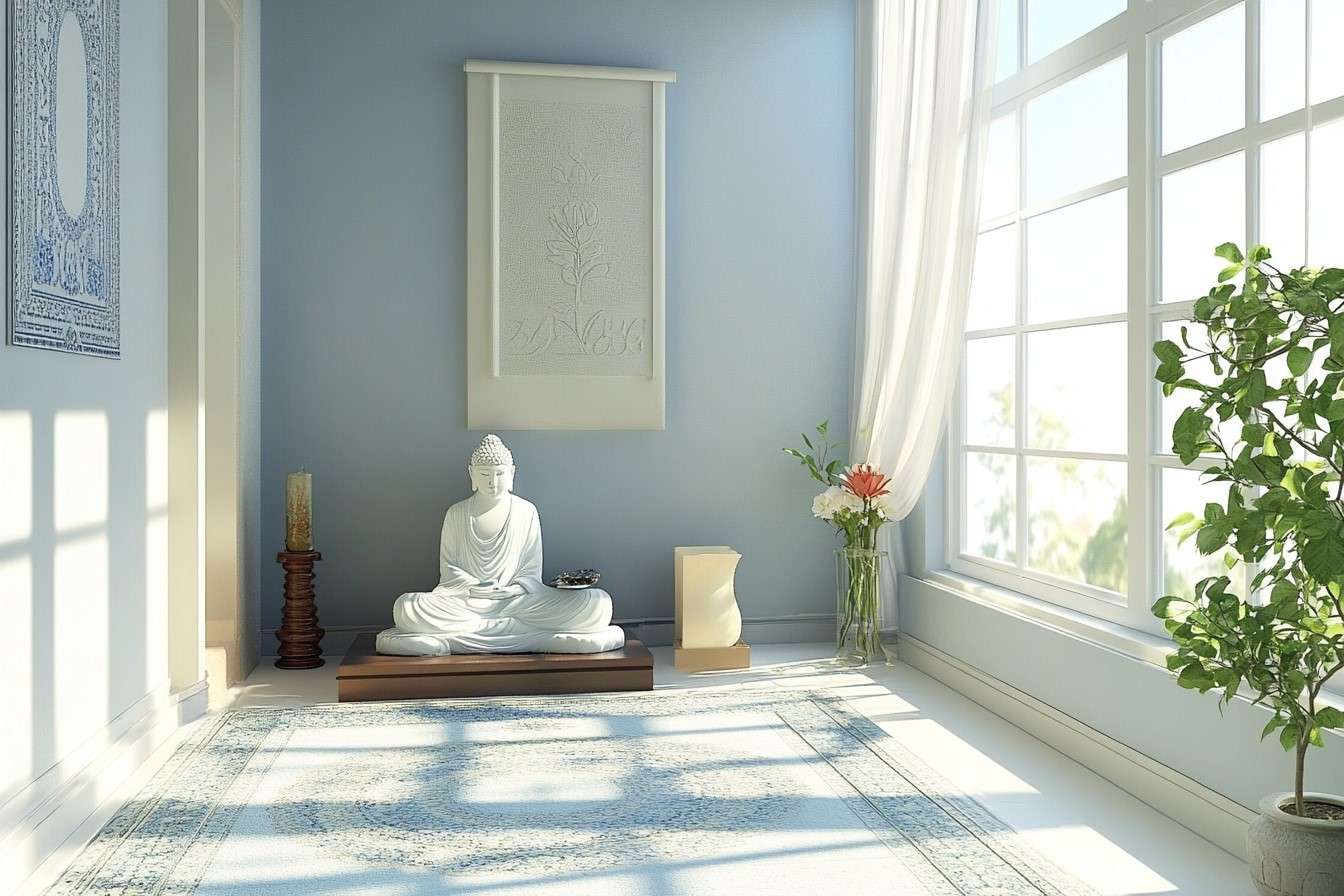
The “Brahma Muhurta” window is from 3 to 6 AM, right before sunrise. At this moment, the Sun is situated in the northeastern wing of the house. The quiet, soothing environment makes this the perfect time for yoga, meditation, or prayer. The pooja room should, therefore, be situated in the northeast corner. It is advised that the primary god ought to face either north or east.
- Colour Scheme: White, yellow, and light blue are pure and auspicious.
- Avoid: Dark and dull colours, clutter, and noise.
Children’s Room
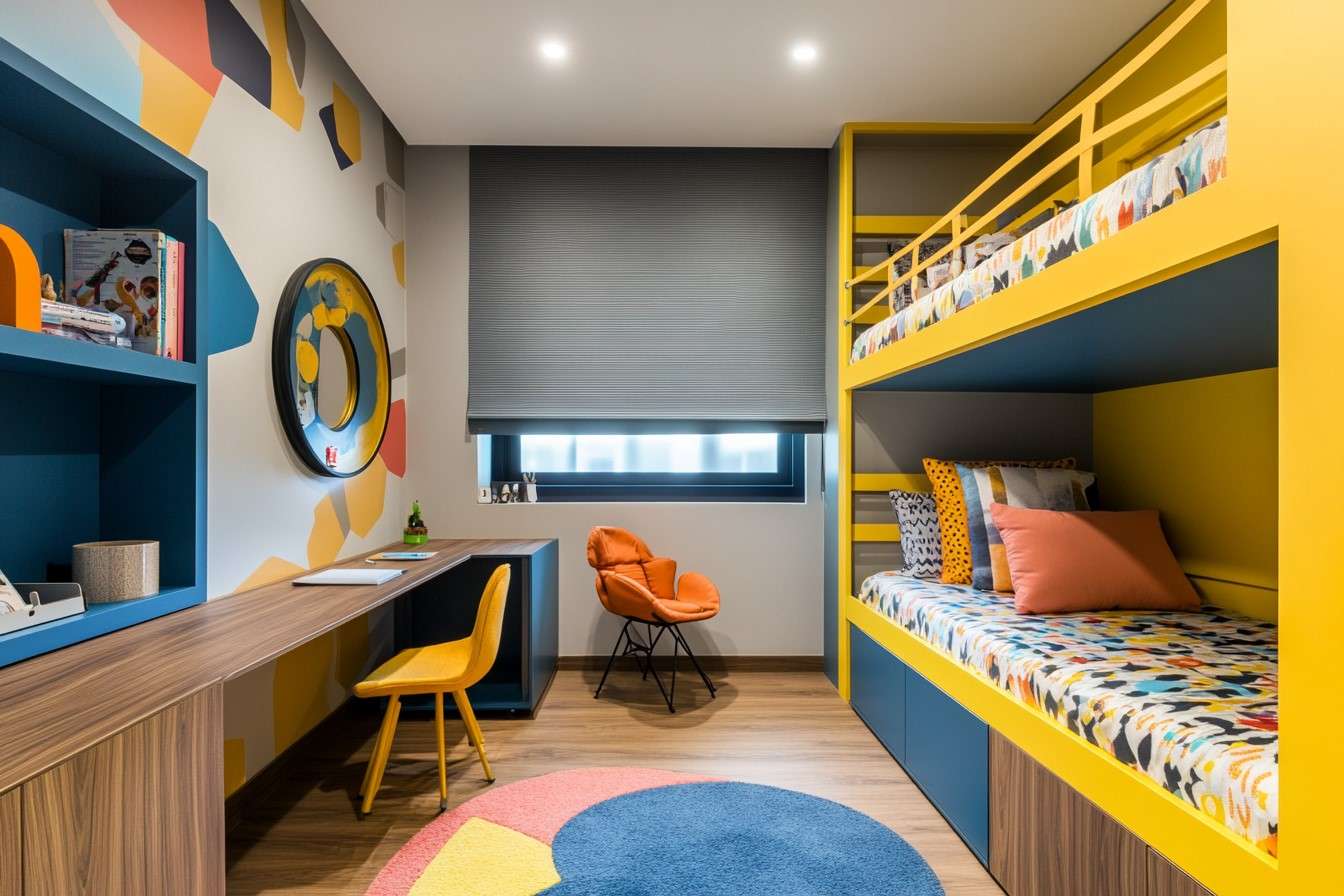
Northwest (Vayavya) or West (Paschim) are suitable for children’s rooms as they represent growth, creativity, and freedom. Keeping the bed in this manner increases the kids’ energy and keeps them interested in their studies.
- Colour Scheme: Bright and cheerful colours can stimulate creativity and learning.
- Avoid: Overly dark colours and clutter.
Home Office

North (Uttar) or Northeast (Ishan) are considered auspicious for a home office as they promote focus and clarity. It is advised that the desk should face north or east for optimal productivity.
- Colour Scheme: Green and blue are believed to enhance concentration.
- Avoid: Red and orange colours, clutter, and distractions.
Benefits of Following Vastu Chart for Home
Here are some benefits that will lead your way if you follow Vastu Shastra:
Health Benefits
According to research, houses that follow Vastu principles can improve health. For instance, arranging living areas in accordance with Vastu might result in a balanced flow of energy, which may enhance the quality of sleep, lower stress levels, and improve general physical and mental health. Studies also stated that living in a home that complies with Vastu principles can significantly lower stress levels and enhance well-being.
Financial Benefits
Implementing Vastu can lead to financial stability. According to surveys conducted by Vastu experts, around 78% of homeowners who followed Vastu guidelines experienced significant improvements in their financial conditions. Proper orientation and layout of the home attract positive energy, leading to better opportunities and prosperity'.
Emotional and Psychological Benefits
The benefits of Vastu Shastra extend to mental health. Vastu-inspired homes create a balanced atmosphere that promotes happiness and peace. People have reviewed that people who live in Vastu-aligned homes have lower rates of anxiety and depression, which improves their relationships and overall emotional health.
Your Journey to a Balanced Home Starts Here!
The primary goal of adopting Vastu is to create an environment that nurtures your spirit. Understanding and applying Vastu principles allows you to transform your home into a centre of positivity and well-being.
Remember, every home has its unique energy signature. The goal is to enhance it, not to create a replica. So, enter the journey of creating a Vastu-compliant haven and experience the transformative power of ancient wisdom in your modern life.
Ready to create a home filled with positive energy and harmony? Start applying Vastu principles today and transform your living space into a sanctuary of well-being and prosperity.
*Images used are for representational purposes only. Unless explicitly mentioned, the Interior Company does not hold any copyright to the images.*
Ready for a home transformation?
Let our designers assist you!
Recent Posts
A Vastu Chart is a detailed blueprint aligning your home with Vastu Shastra principles. It focuses on the optimal placement of rooms and elements to enhance positive energy flow. Its major benefits include improved health, financial stability, and emotional well-being.
Use a compass to locate your home’s cardinal directions (North, South, East, and West) to determine the proper orientation. Then, overlay the Vastu chart on your floor plan to align rooms and elements according to Vastu principles, ensuring optimal energy flow.
Absolutely, you can apply Vastu principles to an existing home. Start by making small adjustments, such as rearranging furniture, adjusting room colours, and incorporating natural elements. It’s better if you consult a Vastu expert who can provide personalised recommendations.
Yes, Vastu Shastra recommends specific colours for different rooms to enhance energy flow and harmony. For example, earthy tones like brown and green are suitable for bedrooms, bright colours like yellow and orange for living rooms, and red or orange for kitchens.
Related Category
- Bedroom
- Exterior Design
- Kitchen
- Living Room
- Tips and Advice












